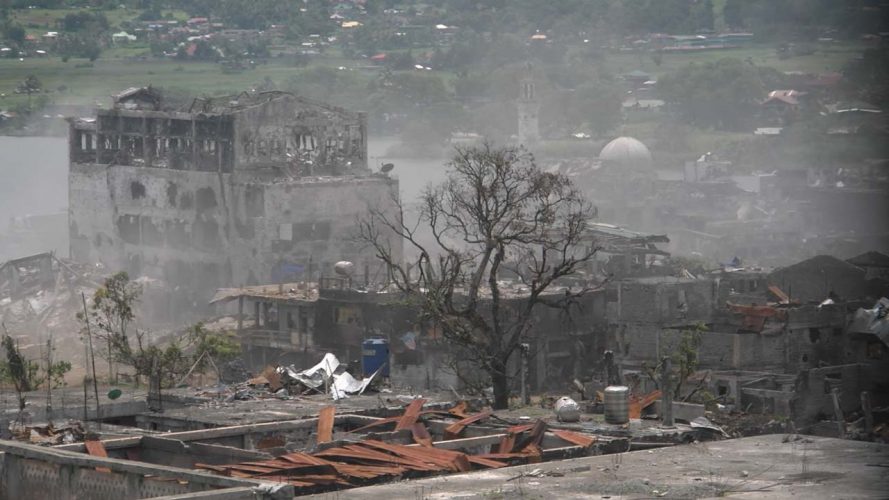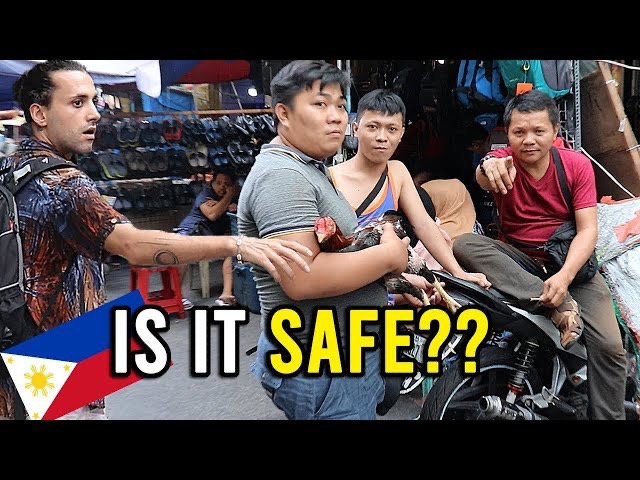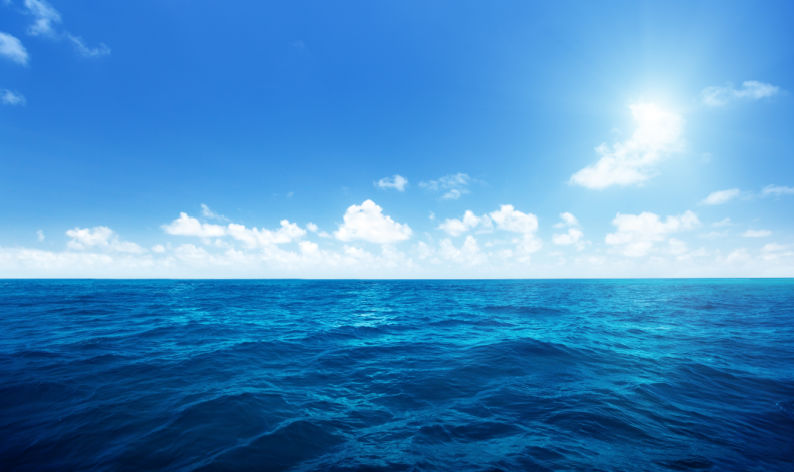Top 1: ”Filipinos don’t speak English”
“Wow! You speak English so well!” —

This is the reaction Filipinos have become used to when foreigners hear them speak. When tourists visit the country, they’re usually surprised at the fact some Filipinos learn English as their first language. The majority of other Filipinos grow up learning it alongside Tagalog (or their own native tongue or local dialect.

There are close to 200 in the country), and acquires it at least as a second language, thanks to English being taught in schools and the strong influence of U.S media. Though some Filipinos don a distinctive accent while speaking the language, English-speaking travelers visiting the country will have little or no trouble communicating with its multi-lingual people.
Top 2 : ”All Filipinos share the same culture and traditions”

Being an archipelago, historically, there was no “Philippines” to speak off. Being divided by large bodies of water, many island groups each had their own unique culture, language, and traditions, making them very regionalistic (a characteristic still rather evident today).

It wasn’t until the Spanish came that a movement for a united Philippines began. So, while the country’s people are known nowadays for being very “proudly Filipino”, with keen observation, some disparities and interestingly unique characteristics can still be noticed among them and their various regions.
Top 3: ”If you’ve seen one island, you’ve seen them all”

Another common misunderstanding among first-time tourists to the Philippines is that since most of the country’s islands are similar, visiting just a few will allow them to “experience the whole country. “This is completely incorrect.

In addition to the more than 7,000 islands that make up the country, each of which has its own unique languages, cuisines, indigenous peoples’ groups, civilizations, and traditions, the islands are also breathtaking in their own right and provide a variety of activities for tourists. If you want to party in Boracay, surf in Siargao, dive in Anilao, or snorkel in Palawan, do some homework before your travel. Each of these destinations has its own beauties.
Top 4: ”The Philippines is a dangerous country”

Because they believe it to be one big danger zone, many tourists avoid going to the Philippines. However, it should be noted that the majority of news stories are sensationalized. The media frequently focuses on news of tragedy and misfortune. Basically, basic caution should be used, just like most of other countries, to prevent accidents from happening to you.

People in the capital should be more careful, especially aware of their valuables and possible tourist traps, similar to other big cities. Even the majority of Filipinos avoid visiting some regions of the country, such as the far southern provinces of Mindanao, because of frequent terrorist attacks. But other than that, the country is not nearly as bad as foreign media makes it out to be.
Top 5: ”Filipinos are always late”

Although some Filipinos may not agree with this stereotype, they won’t necessarily tell you that it is entirely false. Filipinos sometimes joke that they run on “Filipino time,” which means that when a meeting or event is scheduled, it will typically start 10 to 30 minutes earlier than scheduled.

Although it’s not the ideal practice, especially with unknowing foreigners, it’s an unwritten rule many recognize. Another thing about this country is that the Philippines is known for its crazy love of food, basketball, karaoke, photography, and rice. Truly, It’s more fun in the Philippines! Well, yes. Ok, this one’s true.





